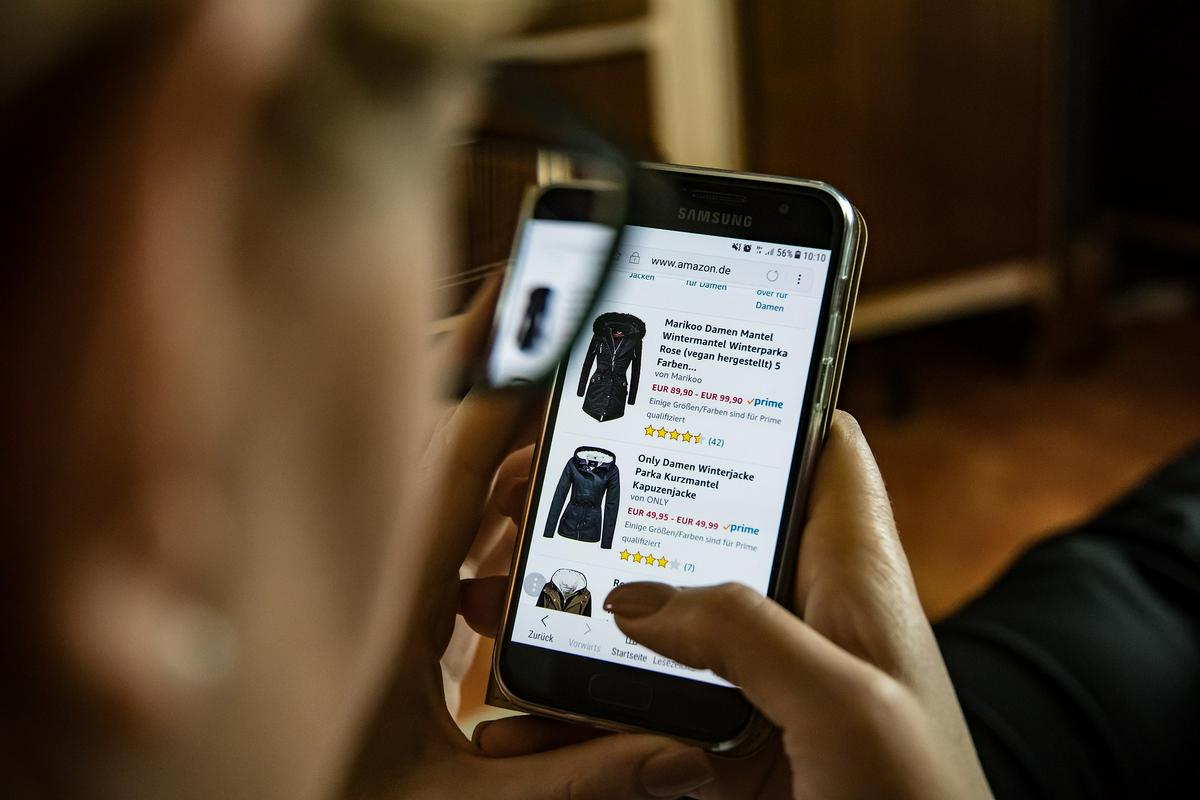
In Slovenia, we mostly buy products, which are the closest to the digitally advanced consumer, explains Darko Dujič, director of the company Ceneje.
"If we're talking about the products, we are talking about electronic devices, audio-video devices, photo and white goods.« We make 20 percent of all purchases for car accessories online, 35 percent of audio and video devices, and almost half, 45 percent of all computer purchases, according to the survey conducted by Valicon and Ceneje in November. 90 percent of clothing and footwear are still purchased in »physical stores", as online retailers named the regular stores.
Nevertheless, buying clothing, footwear and also furniture online is increasing: "The internet is becoming some sort of showroom when it comes to furniture. Buyers then go to the physical stores and are a lot more informed about their purchase and have more information about the product," explains Dujič.
Slovenes trust local online stores
Only 18 percent of Slovenes make online purchases on foreign websites, however, 47 percent of them shop only on Slovenian websites. In Croatia, it is almost the other way around. This is also due to the fact that the history of online shopping in Slovenia goes back to the times when Amazon was still in diapers, says Dujič.
"We have quite a few retailers, who started their business a long time ago, which means that in Slovenia online shopping started in the year 2000. Even some of the biggest physical stores had a website as some sort of sale channel, from Big Bang to Mercator, which started relatively early. It means that this has always been present in our consciousness and some specialized stores developed because of that. Those were for example in the field of perfumes, car parts, white goods," says Dujič, who believes we were quite advanced in this regard. When we're not buying from Slovenian websites, we chose mostly Amazon, AliExpress, and eBay.
When it comes to online shopping, we do not fear higher prices
The data also shows that Slovenes are not afraid of making bigger purchases on the internet. "In some categories, the purchases can go up to 300 euros. The tires usually cost around 240 euros. In the audio-video category, the purchases also range between 200 and 300 euros, which means that purchases for a few hundred euros are not a taboo for Slovenes, but it is already established and normal practice." Interestingly, two years ago, the most common payment method was cash on delivery. Nevertheless, less and less consumers have been choosing this method, due to credit cards and other possible ways of paying online.
The future of shopping
When we asked Dujič whether the online store could replace the physical one, he answered that online stores will somehow redefine the physical ones. "Bigger physical stores are becoming an excessive financial burden for retailers. Most of the stores could not handle that,« Dujič explains the decline of some of the once-great retail chains in the US. »It is important to transform the quantity of the land, stocks, stockpile organization and distribution, which can reduce the burden of renting and building new shopping centres." Dujič also mentions that Slovenia has the largest trading area per capita.
Lately, more and more retailers, who started online, are now also moving into physical stores. »This is becoming a trend. Customers expect some space or a store where they can try out their products. You cannot smell a perfume online,« explains Žgalin, adding that this is a combination of a physical store, showroom and pick-up point.

































































